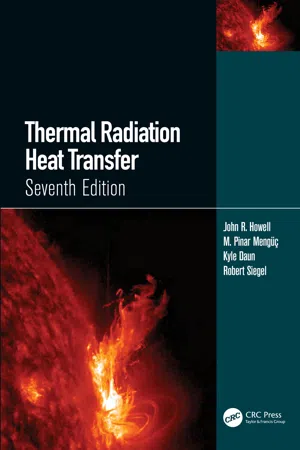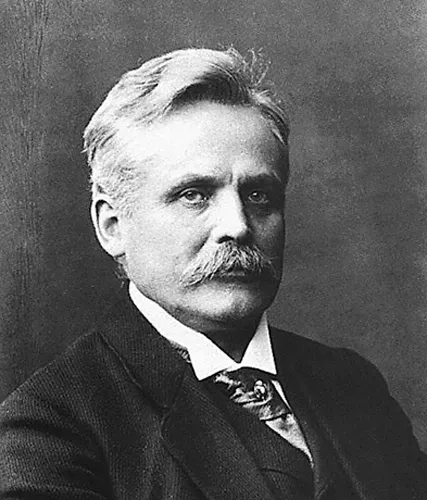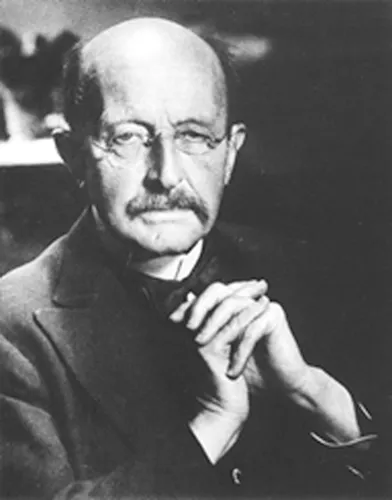
- 1,006 pages
- English
- ePUB (mobile friendly)
- Available on iOS & Android
Thermal Radiation Heat Transfer
About this book
The seventh edition of this classic text outlines the fundamental physical principles of thermal radiation, as well as analytical and numerical techniques for quantifying radiative transfer between surfaces and within participating media. The textbook includes newly expanded sections on surface properties, electromagnetic theory, scattering and absorption of particles, and near-field radiative transfer, and emphasizes the broader connections to thermodynamic principles. Sections on inverse analysis and Monte Carlo methods have been enhanced and updated to reflect current research developments, along with new material on manufacturing, renewable energy, climate change, building energy efficiency, and biomedical applications.
Features:
- Offers full treatment of radiative transfer and radiation exchange in enclosures.
- Covers properties of surfaces and gaseous media, and radiative transfer equation development and solutions.
- Includes expanded coverage of inverse methods, electromagnetic theory, Monte Carlo methods, and scattering and absorption by particles.
- Features expanded coverage of near-field radiative transfer theory and applications.
- Discusses electromagnetic wave theory and how it is applied to thermal radiation transfer.
This textbook is ideal for Professors and students involved in first-year or advanced graduate courses/modules in Radiative Heat Transfer in engineering programs. In addition, professional engineers, scientists and researchers working in heat transfer, energy engineering, aerospace and nuclear technology will find this an invaluable professional resource.
Over 350 surface configuration factors are available online, many with online calculation capability. Online appendices provide information on related areas such as combustion, radiation in porous media, numerical methods, and biographies of important figures in the history of the field. A Solutions Manual is available for instructors adopting the text.
Frequently asked questions
- Essential is ideal for learners and professionals who enjoy exploring a wide range of subjects. Access the Essential Library with 800,000+ trusted titles and best-sellers across business, personal growth, and the humanities. Includes unlimited reading time and Standard Read Aloud voice.
- Complete: Perfect for advanced learners and researchers needing full, unrestricted access. Unlock 1.4M+ books across hundreds of subjects, including academic and specialized titles. The Complete Plan also includes advanced features like Premium Read Aloud and Research Assistant.
Please note we cannot support devices running on iOS 13 and Android 7 or earlier. Learn more about using the app.
Information
1 Introduction to Radiative Transfer


Table of contents
- Cover
- Half-Title
- Title
- Copyright
- Contents
- Preface
- Acknowledgments
- Authors
- List of Symbols
- Chapter 1 Introduction to Radiative Transfer
- Chapter 2 Radiative Properties at Interfaces
- Chapter 3 Radiative Properties of Opaque Materials
- Chapter 4 Configuration Factors for Diffuse Surfaces with Uniform Radiosity
- Chapter 5 Radiation Exchange in Enclosures Composed of Black and/or Diffuse-Gray Surfaces
- Chapter 6 Exchange of Thermal Radiation among Nondiffuse Nongray Surfaces
- Chapter 7 Radiation Combined with Conduction and Convection at Boundaries
- Chapter 8 Electromagnetic Wave Theory
- Chapter 9 Properties of Participating Media
- Chapter 10 Absorption and Scattering by Particles and Agglomerates
- Chapter 11 Fundamental Radiative Transfer Relations and Approximate Solution Methods
- Chapter 12 Participating Media in Simple Geometries
- Chapter 13 Numerical Solution Methods for Radiative Transfer in Participating Media
- Chapter 14 The Monte Carlo Method
- Chapter 15 Conjugate Heat Transfer in Participating Media
- Chapter 16 Near-Field Thermal Radiation
- Chapter 17 Radiative Effects in Translucent Solids, Windows, and Coatings
- Chapter 18 Inverse Problems in Radiative Transfer
- Chapter 19 Applications of Radiation Energy Transfer
- Appendix A: Conversion Factors, Radiation Constants, and Blackbody Functions
- Appendix B: Radiative Properties
- Appendix C: Catalog of Selected Configuration Factors
- Appendix D: Exponential Integral Relations and Two-Dimensional Radiation Functions
- References
- Index